Home>Furniture & Design>Living Room Furniture>What Wood Is Best For A Dining Table
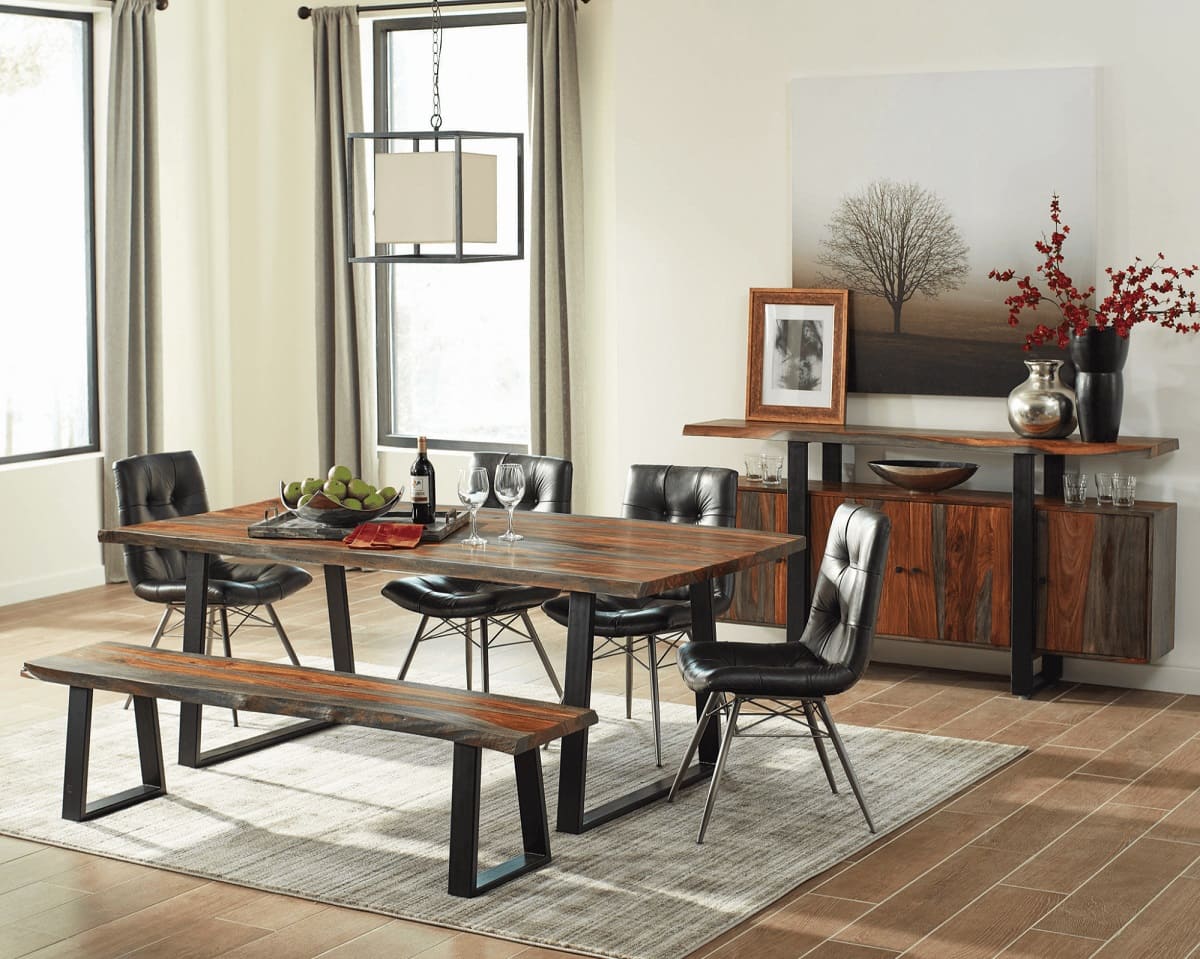

Living Room Furniture
What Wood Is Best For A Dining Table
Published: January 5, 2024
Discover the best wood for your dining table in our comprehensive guide. Find the perfect match for your living room furniture and design.
(Many of the links in this article redirect to a specific reviewed product. Your purchase of these products through affiliate links helps to generate commission for Storables.com, at no extra cost. Learn more)
**
Introduction
**
When it comes to selecting the perfect dining table, the type of wood used plays a pivotal role in determining the table's aesthetics, durability, and overall appeal. The choice of wood not only influences the table's appearance but also impacts its longevity and maintenance requirements. Understanding the various wood options available and their unique characteristics can assist in making an informed decision when investing in a dining table. In this article, we will delve into the factors to consider when choosing wood for a dining table and explore the popular wood options that are well-suited for crafting exquisite and enduring dining tables. Whether you prefer the timeless elegance of oak, the rich tones of cherry, or the rustic charm of reclaimed wood, the type of wood you select can significantly enhance the ambiance and functionality of your dining space. Let's embark on a journey through the realm of wood and discover the ideal choice for your dream dining table.
Key Takeaways:
- Choose the right wood for your dining table by considering style, durability, budget, and environmental impact. Oak, walnut, cherry, maple, and reclaimed wood offer unique charm and versatility for creating a stunning dining space.
- The type of wood you select for your dining table can significantly enhance the ambiance and functionality of your dining space. Whether you prefer timeless elegance, opulent richness, or rustic charm, each wood variety offers a distinct personality and visual appeal.
Read more: What Is The Best Wood For A Dining Table?
Factors to Consider When Choosing Wood for a Dining Table
When embarking on the quest for the perfect dining table, several essential factors should be taken into account to ensure that the chosen wood aligns with your preferences, lifestyle, and aesthetic vision. Here are the key considerations to ponder when selecting wood for a dining table:
- Style and Aesthetics: The style of the dining table should harmonize with the existing decor and overall ambiance of the dining area. Whether you prefer a sleek and contemporary design, a traditional and timeless look, or a rustic and charming appeal, the type of wood can significantly contribute to the table’s visual impact.
- Durability and Maintenance: Assess the durability of the wood species in terms of resistance to scratches, dents, and moisture. Additionally, consider the maintenance requirements of the wood, such as the need for regular polishing, sealing, or refinishing to preserve its luster and integrity over time.
- Budget and Investment: Determine the budget for your dining table investment and weigh the cost of different wood options. While hardwoods like oak and walnut are renowned for their durability and beauty, they often come with a higher price tag, whereas softwoods like pine and cedar offer affordability with a tradeoff in terms of hardness and resilience.
- Environmental Impact: For eco-conscious individuals, evaluating the sustainability and sourcing practices of the wood is crucial. Opting for reclaimed or responsibly sourced wood can align with environmentally friendly principles and contribute to the conservation of natural resources.
- Versatility and Adaptability: Consider the adaptability of the wood to various design preferences and potential future changes in your living space. Versatile wood varieties can seamlessly complement different interior styles and accommodate modifications or refinishing if desired.
By carefully weighing these factors and aligning them with your personal preferences and practical needs, you can navigate the diverse array of wood options with confidence and select the ideal material for your envisioned dining table.
When choosing wood for a dining table, consider hardwoods like oak, maple, cherry, or walnut for their durability and beautiful grain. Avoid softwoods like pine, as they are more prone to dents and scratches.
Popular Wood Options for Dining Tables
When it comes to crafting exquisite dining tables, an array of wood options offers distinct characteristics, colors, and textures, catering to diverse aesthetic preferences and functional requirements. Let’s explore some of the popular wood choices that are renowned for their timeless appeal and suitability for creating stunning dining tables:
- Oak: Renowned for its durability and prominent grain patterns, oak is a classic choice for dining tables. Available in various finishes, including natural, stained, or distressed, oak exudes a timeless charm and can complement a wide range of interior styles, from traditional to contemporary.
- Walnut: With its rich, dark hues and lustrous finish, walnut wood radiates elegance and sophistication. The natural beauty of walnut lends a luxurious touch to dining tables, making it a favored option for those seeking a refined and opulent ambiance in their dining space.
- Cherry: Prized for its warm, reddish-brown tones and smooth grain, cherry wood imparts a sense of warmth and elegance to dining tables. Over time, cherry wood develops a lustrous patina, enhancing its allure and making it a cherished choice for creating inviting and enduring dining surfaces.
- Maple: Known for its fine texture and light, creamy color, maple wood offers a versatile canvas for crafting dining tables. Whether showcasing a natural finish or adorned with a stain, maple exudes a subtle, understated beauty that complements a spectrum of interior themes, from minimalist to eclectic.
- Reclaimed Wood: Embracing the rustic allure of reclaimed wood allows for the creation of dining tables with character and history. Salvaged from aged structures, reclaimed wood exudes a weathered charm, showcasing unique imperfections and a story-rich patina that adds a distinctive allure to dining spaces.
Each wood option possesses its own unique charm and attributes, allowing for the creation of dining tables that resonate with individual tastes and style preferences. Whether you gravitate towards the enduring allure of oak, the sumptuous elegance of walnut, or the rustic charisma of reclaimed wood, the choice of wood can profoundly influence the ambiance and character of your dining area.
Conclusion
Choosing the ideal wood for a dining table is a decision that intertwines practicality, aesthetics, and personal style, ultimately shaping the ambiance and functionality of the dining space. By considering factors such as style compatibility, durability, budget, environmental impact, and versatility, individuals can navigate the myriad of wood options with clarity and confidence, ensuring that their chosen dining table aligns harmoniously with their lifestyle and design preferences.
Whether one is drawn to the enduring allure of oak, the opulent richness of walnut, or the inviting warmth of cherry, each wood variety offers a distinct personality and visual appeal, enabling the creation of dining tables that serve as focal points of elegance and conviviality in homes.
Moreover, the timeless charm and versatility of wood empower individuals to infuse their dining spaces with a sense of heritage and craftsmanship, fostering an inviting and captivating environment for shared meals and cherished gatherings. The unique grain patterns, lustrous finishes, and enduring resilience of different wood species contribute to the creation of dining tables that stand as testaments to artistry and enduring quality.
Whether one’s preference leans towards the classic allure of oak, the sumptuous allure of walnut, or the rustic charm of reclaimed wood, the journey of selecting the perfect wood for a dining table is a captivating exploration of personal taste and enduring craftsmanship. With each wood option offering its own narrative and aesthetic allure, the dining table becomes not only a functional centerpiece but also a captivating expression of individual style and refinement.
Embracing the wealth of wood options available, individuals can embark on a journey of creating dining tables that resonate with their unique vision, fostering spaces where cherished memories are shared and timeless elegance is celebrated.
Frequently Asked Questions about What Wood Is Best For A Dining Table
Was this page helpful?
At Storables.com, we guarantee accurate and reliable information. Our content, validated by Expert Board Contributors, is crafted following stringent Editorial Policies. We're committed to providing you with well-researched, expert-backed insights for all your informational needs.
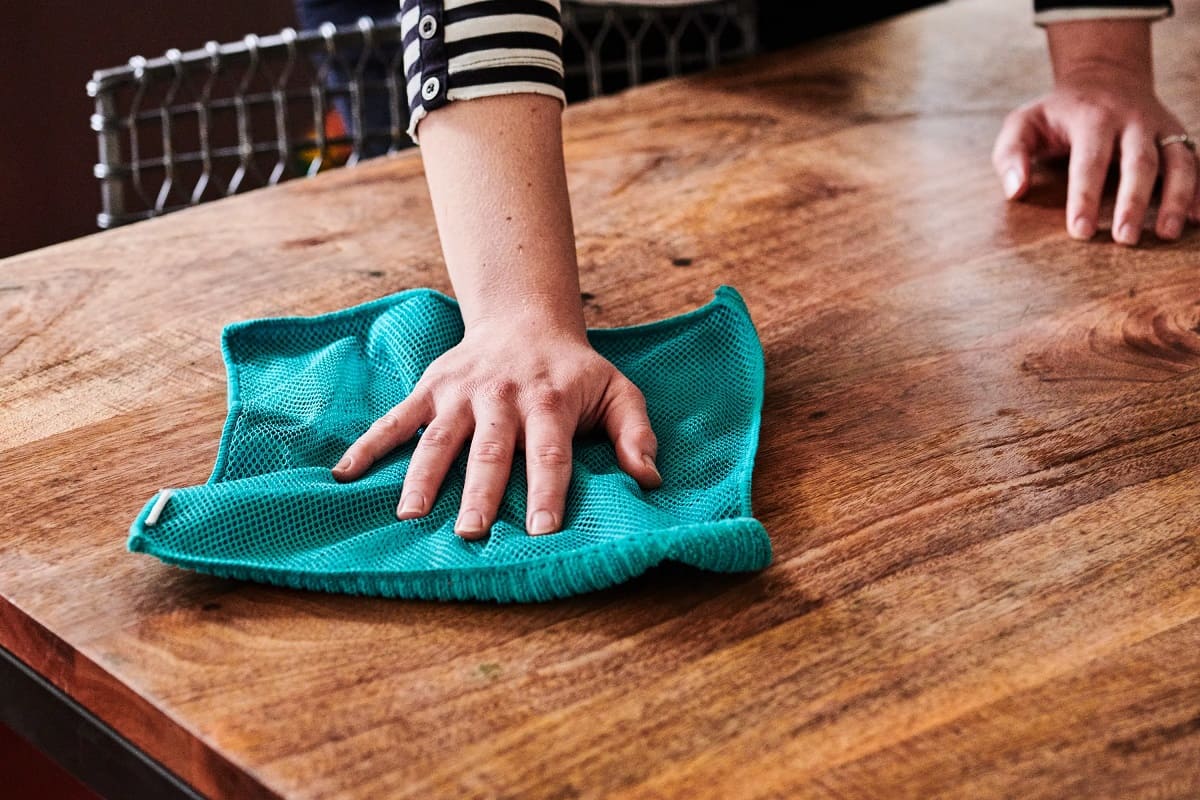
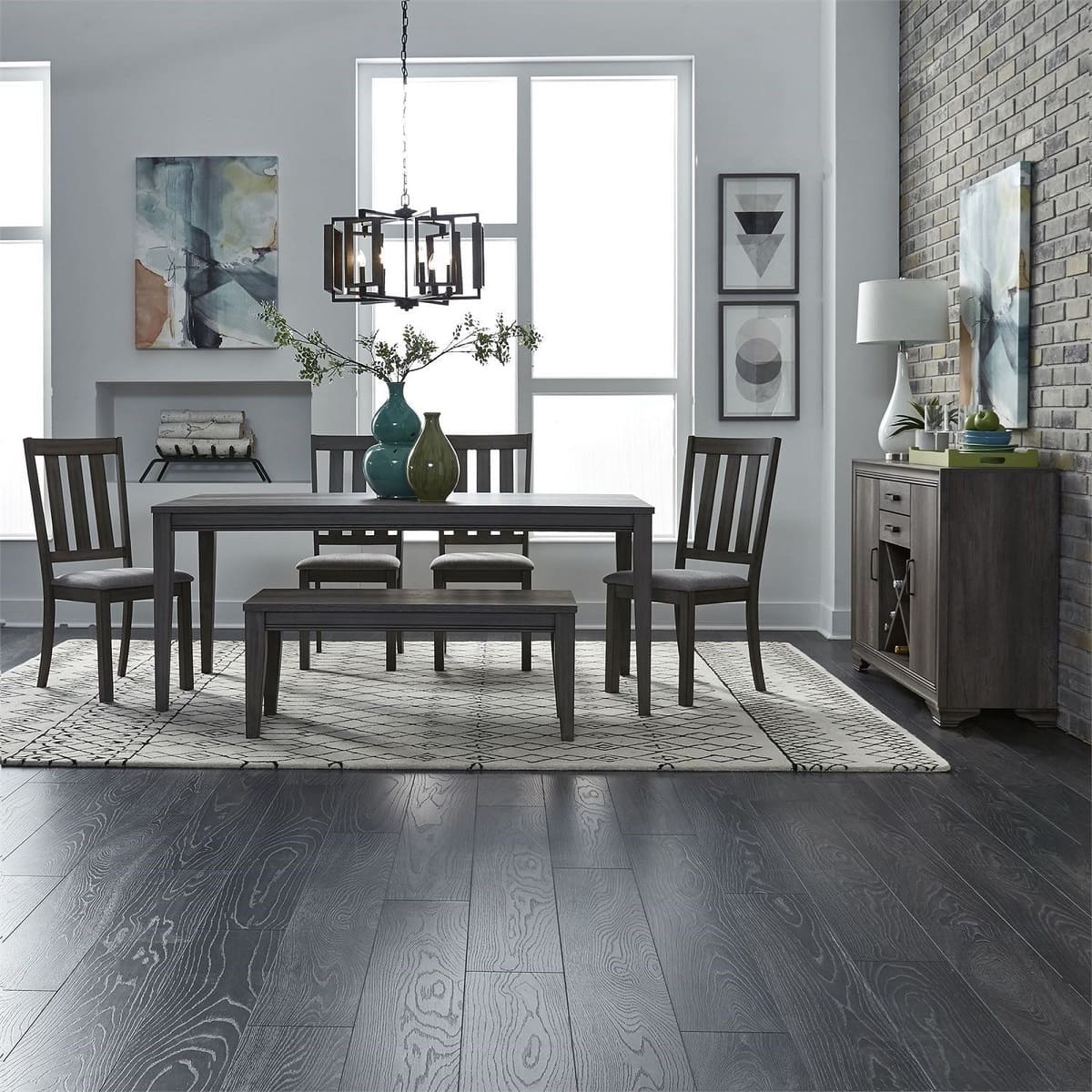
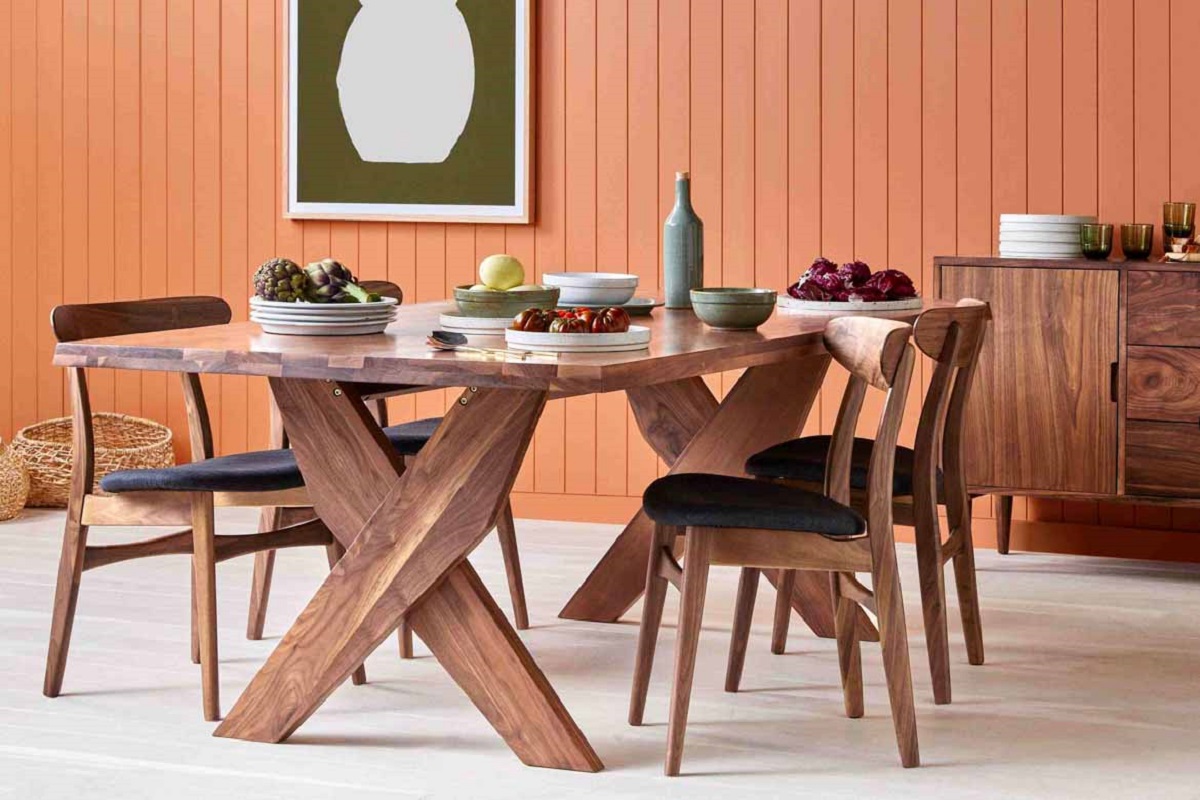
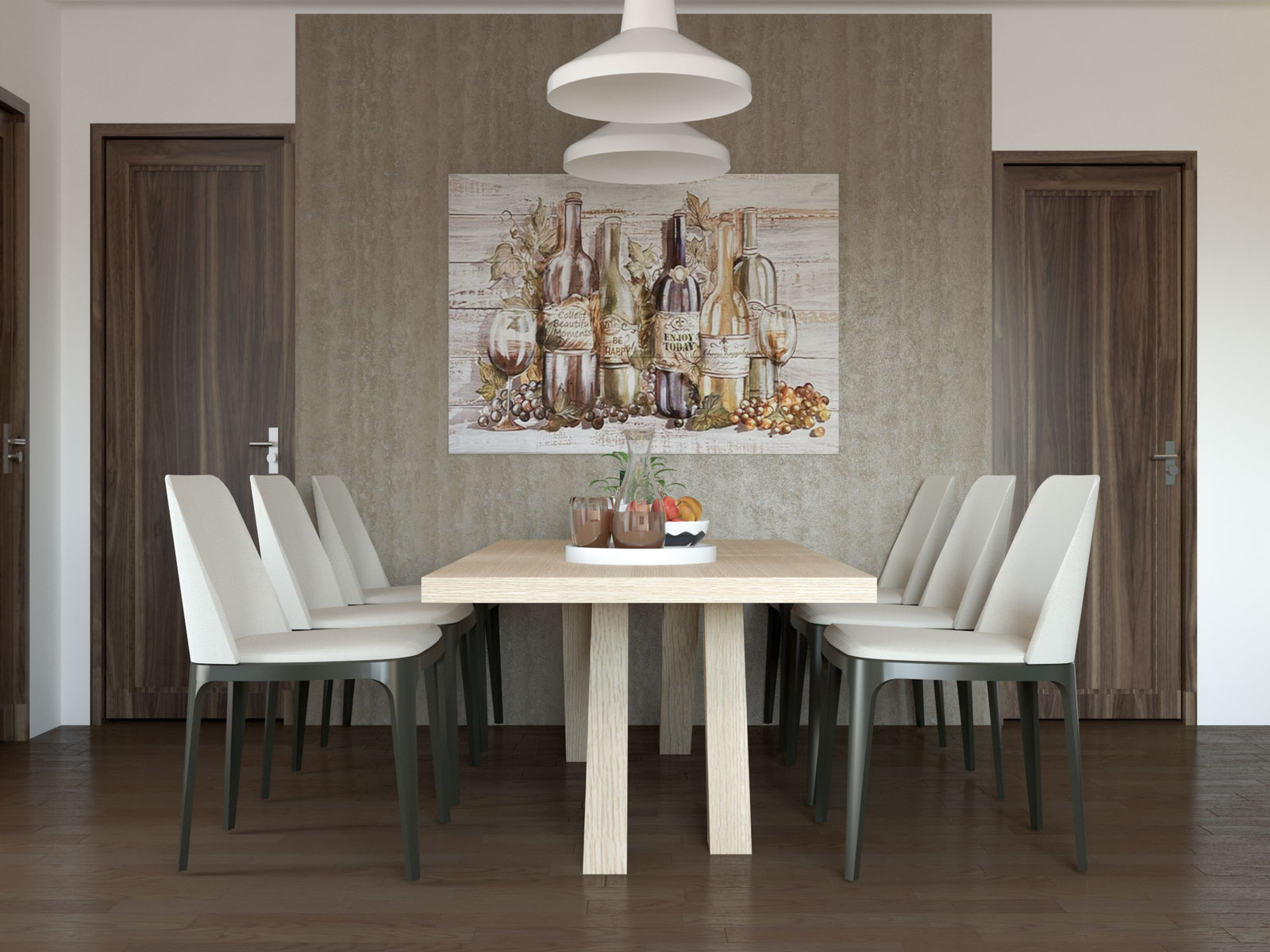
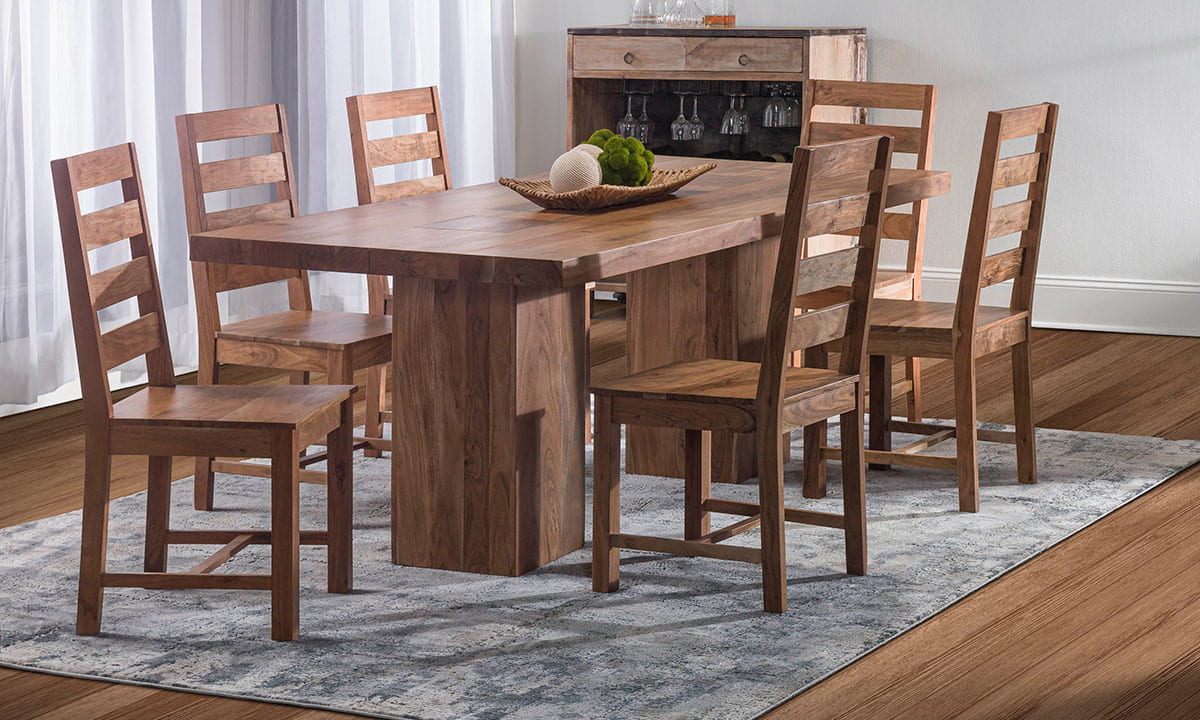
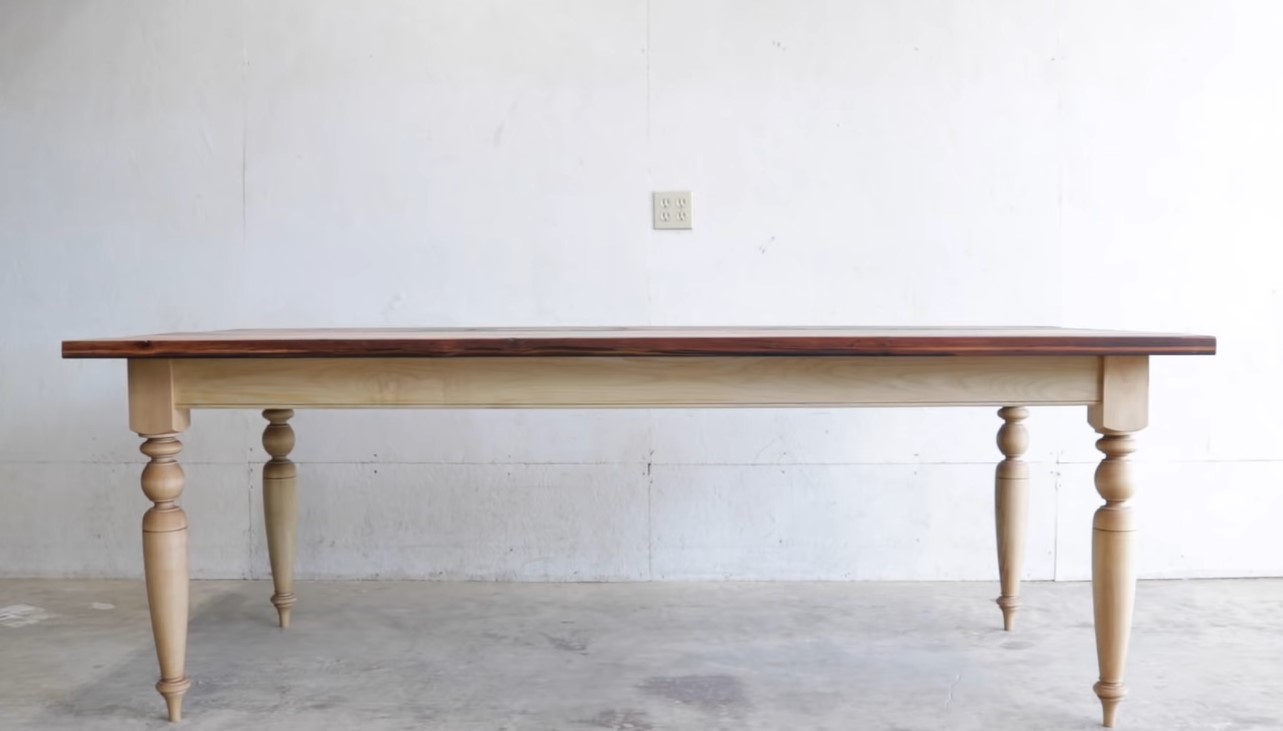
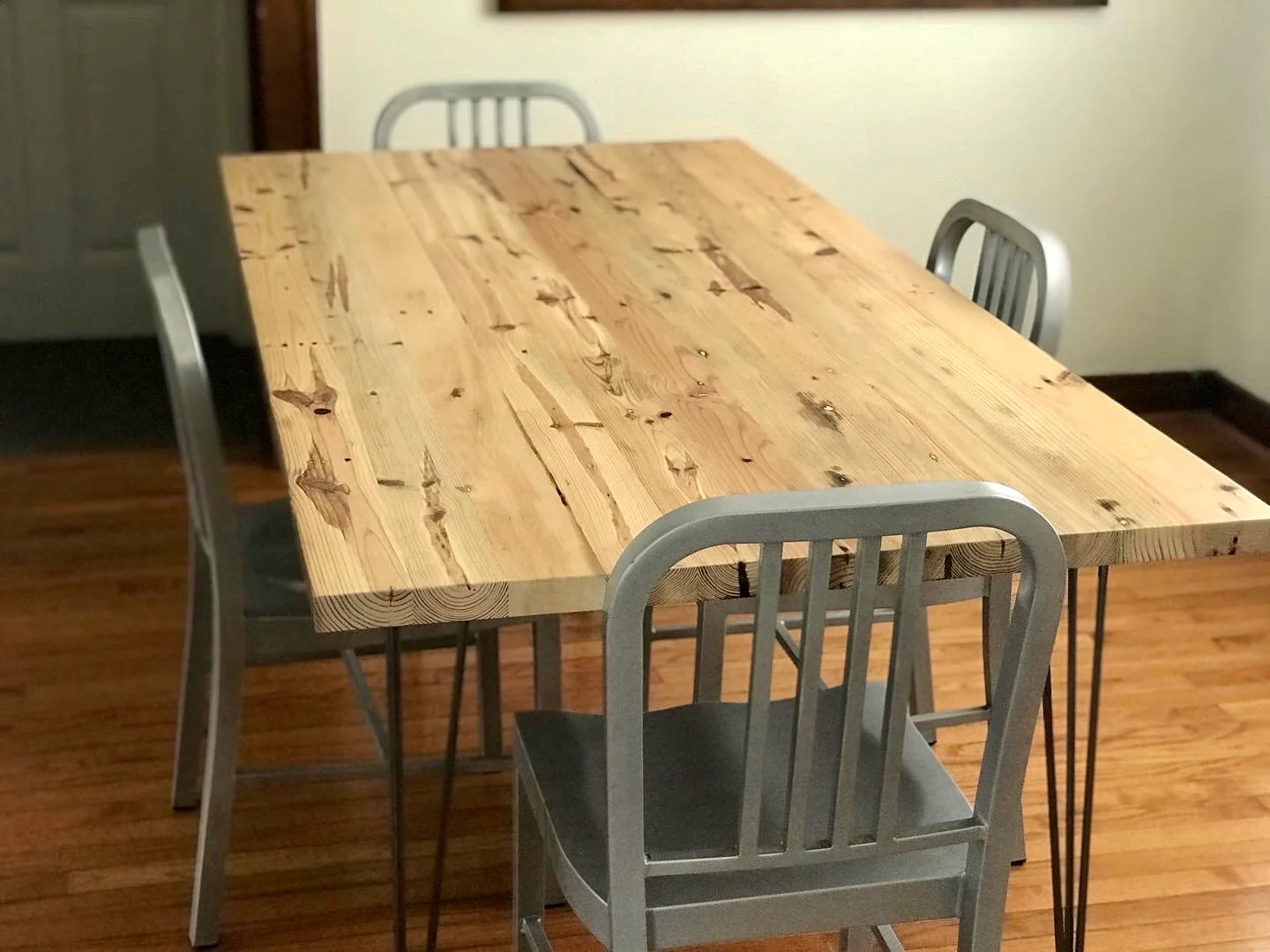
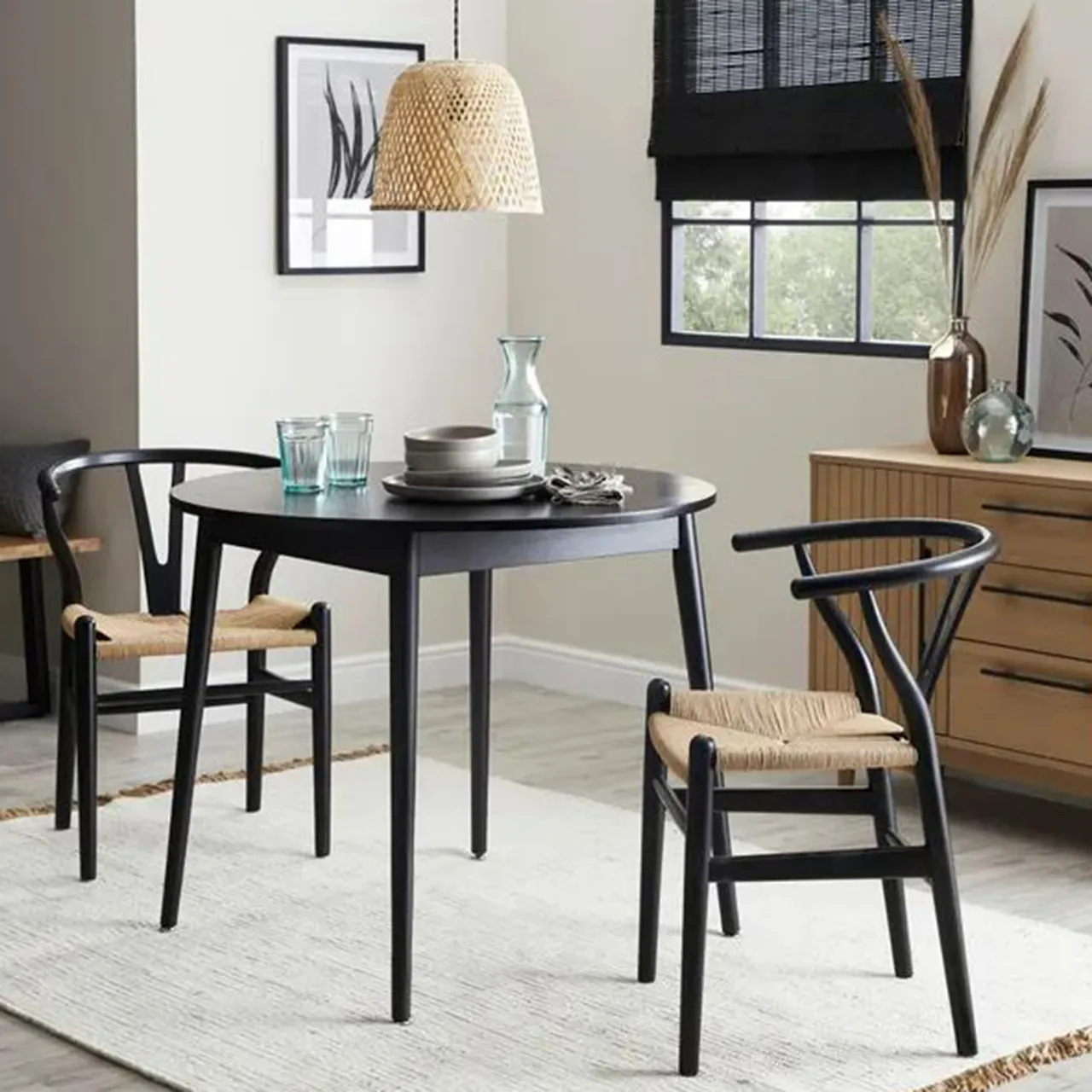


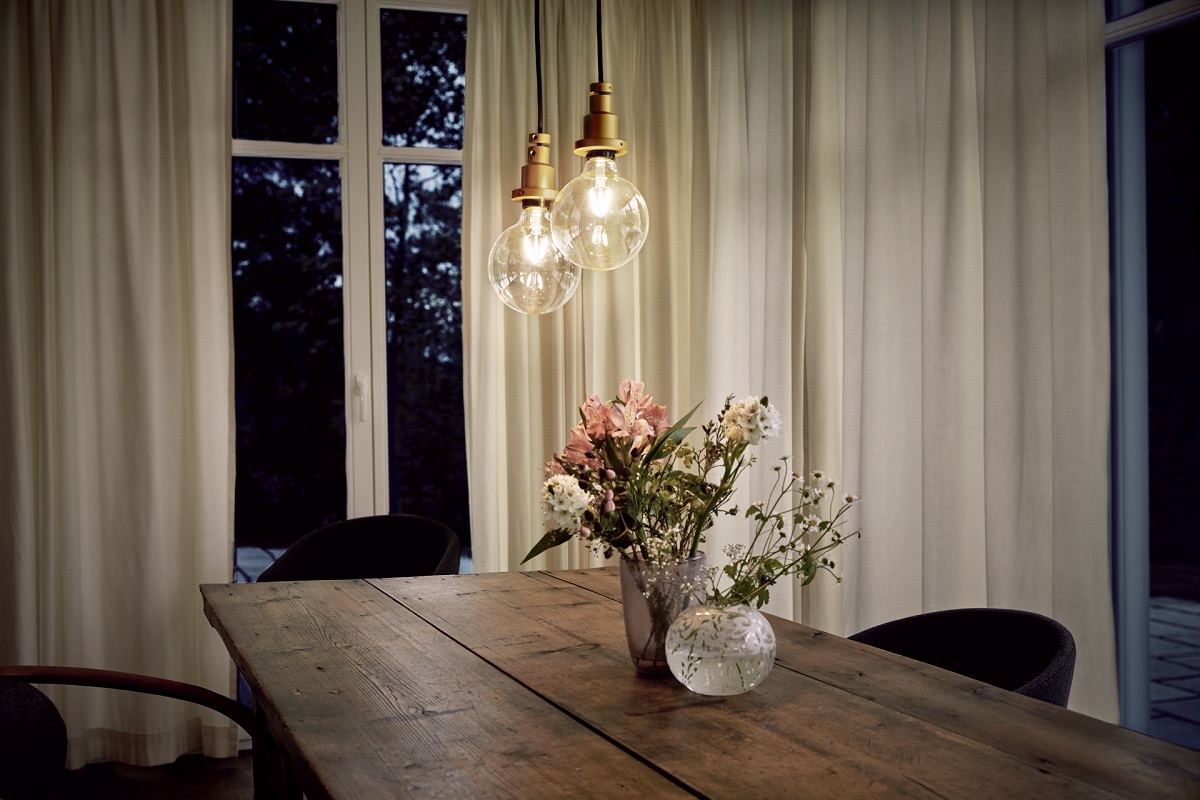
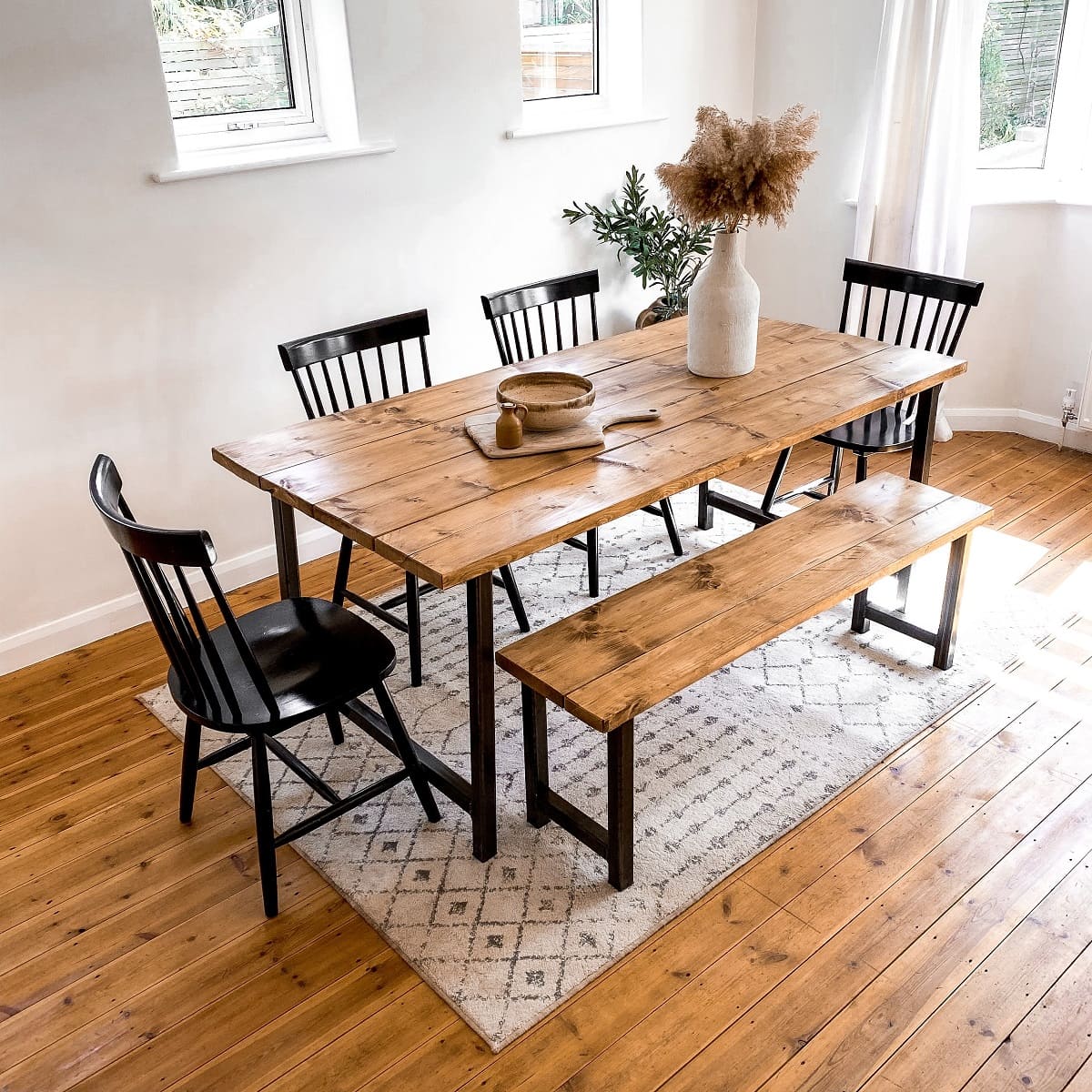
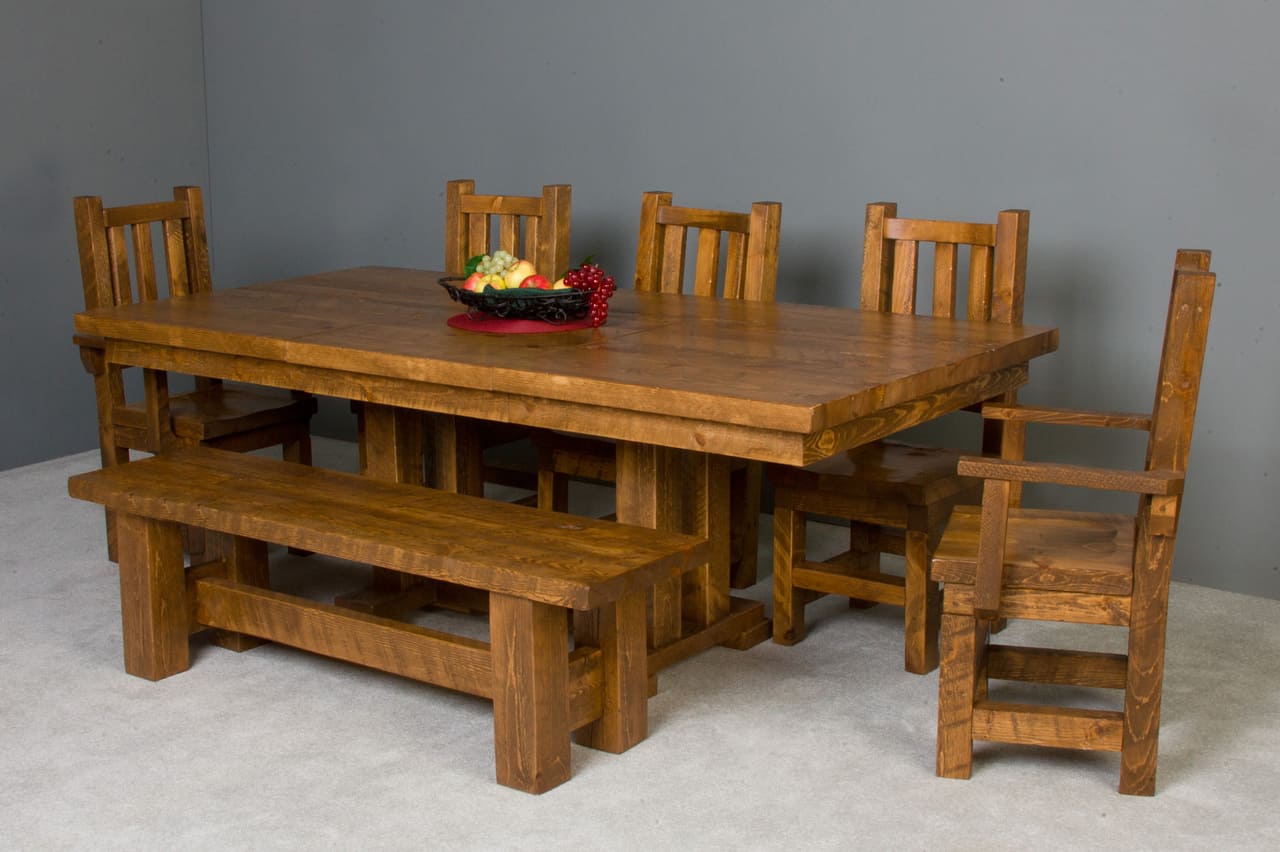
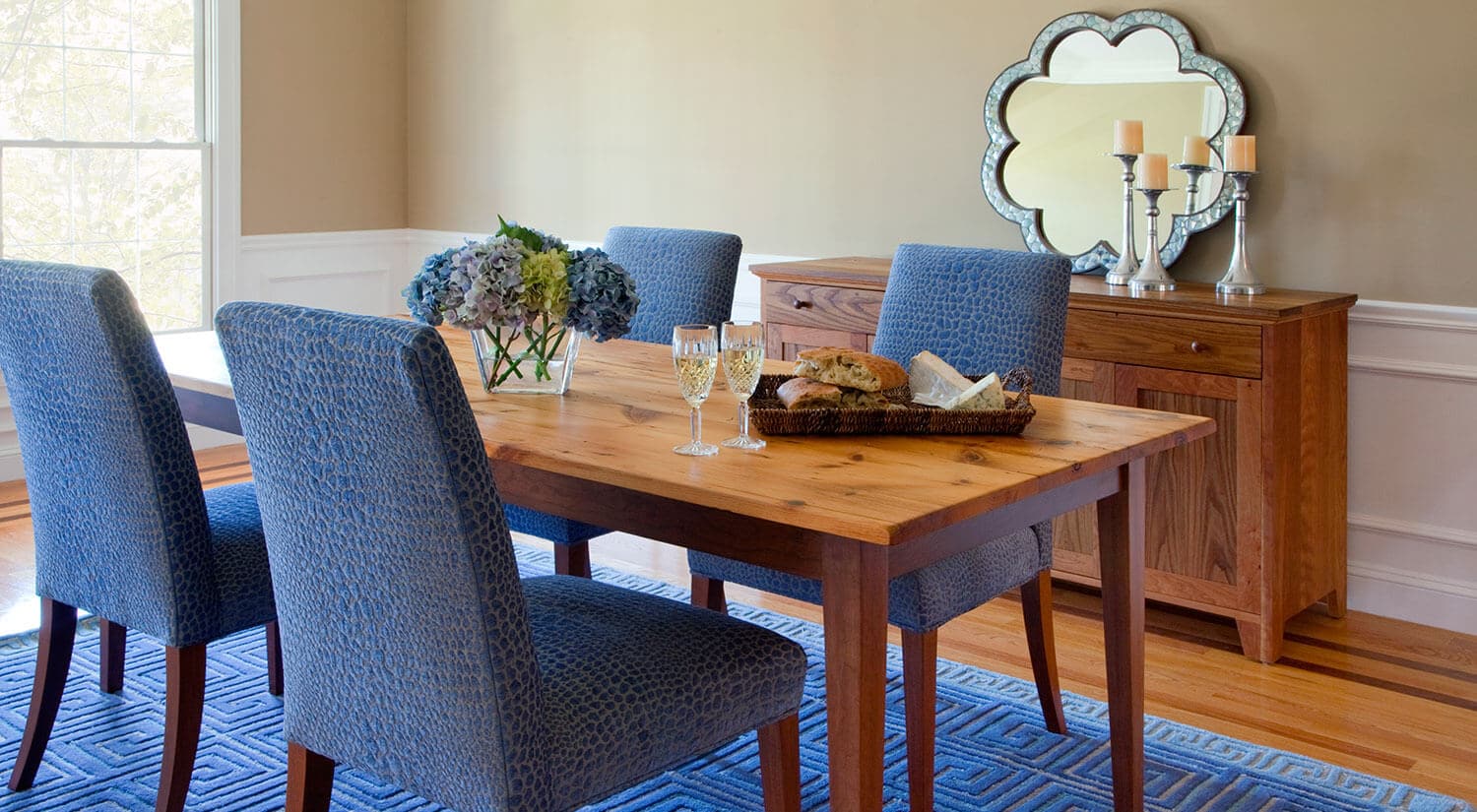
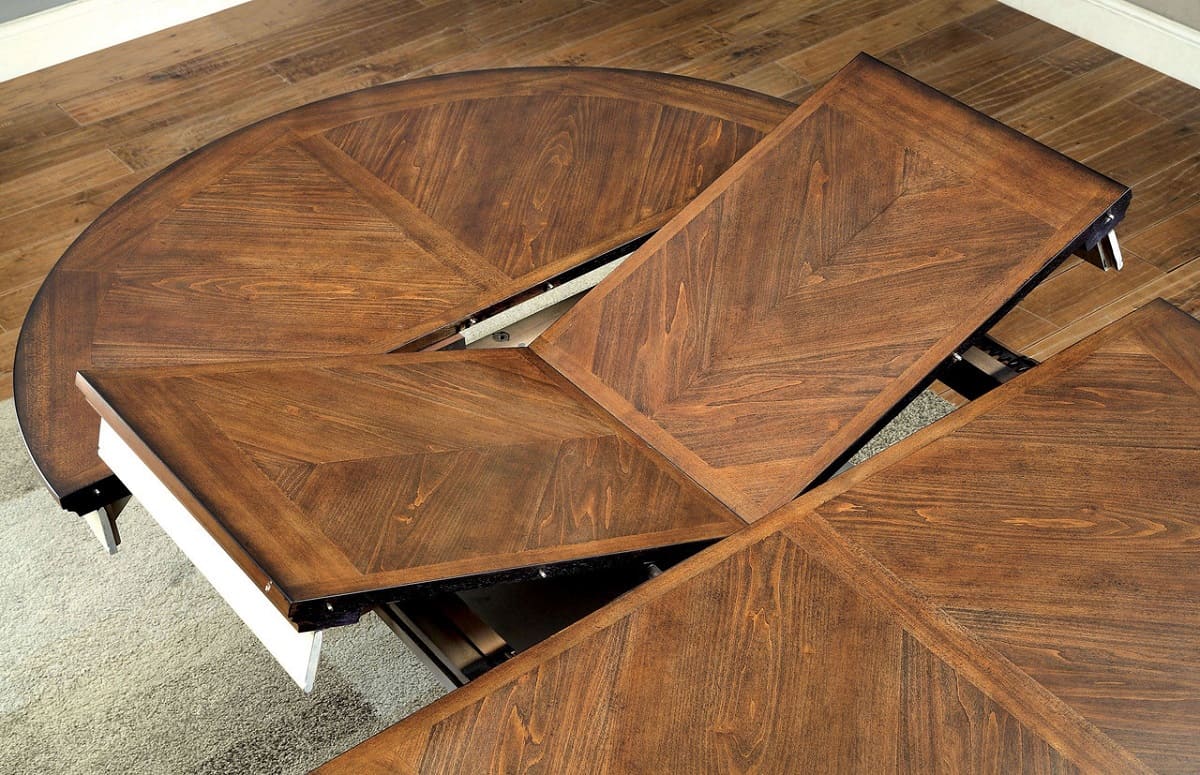

0 thoughts on “What Wood Is Best For A Dining Table”